Rising Focus on Fuel Efficiency
In the aerospace composites market, there is a pronounced emphasis on fuel efficiency, which is driving the adoption of composite materials. Airlines are increasingly pressured to reduce fuel consumption due to fluctuating fuel prices and environmental regulations. Composites, known for their lightweight properties, contribute significantly to lowering the overall weight of aircraft, thereby enhancing fuel efficiency. Reports indicate that aircraft utilizing composite materials can achieve fuel savings of up to 20%. This focus on fuel efficiency is likely to propel the aerospace composites market forward, as manufacturers strive to meet the demands of both consumers and regulatory bodies.
Increased Investment in Aerospace R&D
The aerospace composites market is benefiting from increased investment in research and development (R&D) within the aerospace sector. Major aerospace companies are allocating substantial resources to explore new composite materials and applications, driven by the need for innovation and competitive advantage. This investment is crucial for developing next-generation composites that offer enhanced performance, durability, and sustainability. The aerospace composites market is likely to see a ripple effect from this focus on R&D, as new materials and technologies emerge, potentially leading to a market expansion of around 15% in the coming years.
Growing Demand for Lightweight Materials
The aerospace composites market is experiencing a notable surge in demand for lightweight materials, driven by the need for fuel efficiency and performance enhancement in aircraft design. As airlines and manufacturers seek to reduce operational costs, the adoption of composite materials, which can weigh up to 50% less than traditional metals, becomes increasingly attractive. This shift is particularly evident in commercial aviation, where the use of composites in airframes and wings is projected to reach approximately 30% of total aircraft weight by 2025. The aerospace composites market is thus positioned to benefit from this trend, as manufacturers innovate to meet the evolving requirements of the aviation sector.
Regulatory Support for Advanced Materials
The aerospace composites market is bolstered by regulatory frameworks that encourage the use of advanced materials in aircraft manufacturing. Agencies such as the Federal Aviation Administration (FAA) have established guidelines that promote the integration of composites, recognizing their potential to enhance safety and performance. This regulatory support is crucial, as it not only facilitates the certification process for new composite materials but also incentivizes manufacturers to invest in research and development. As a result, the aerospace composites market is likely to see increased innovation and adoption of cutting-edge materials, which could lead to a projected market growth rate of around 10% annually over the next five years.
Technological Advancements in Composite Manufacturing
The aerospace composites market is witnessing rapid technological advancements in manufacturing processes, which are enhancing the efficiency and quality of composite production. Innovations such as automated fiber placement and 3D printing are streamlining the manufacturing process, reducing lead times, and minimizing waste. These advancements not only lower production costs but also improve the performance characteristics of composite materials. As a result, the aerospace composites market is expected to expand, with manufacturers increasingly adopting these technologies to remain competitive. The potential for improved manufacturing techniques could lead to a market growth projection of approximately 12% over the next few years.



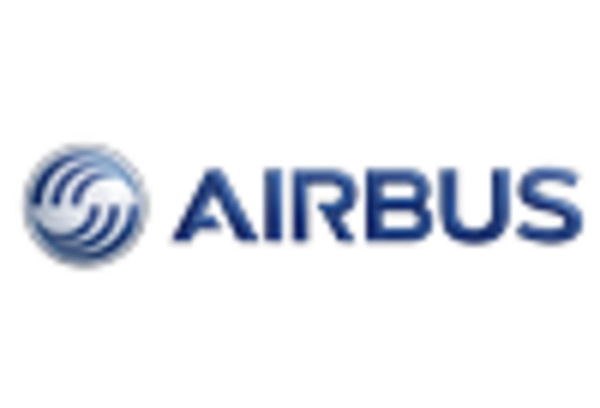

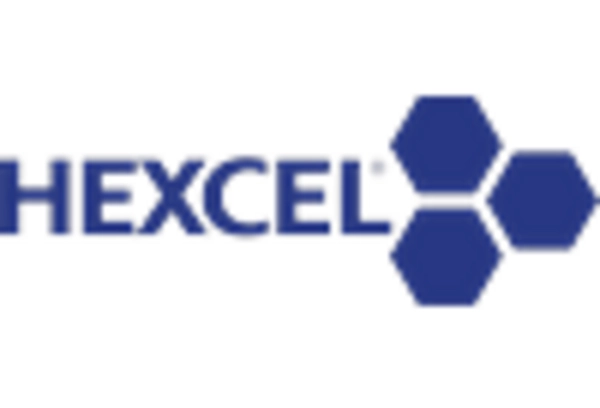
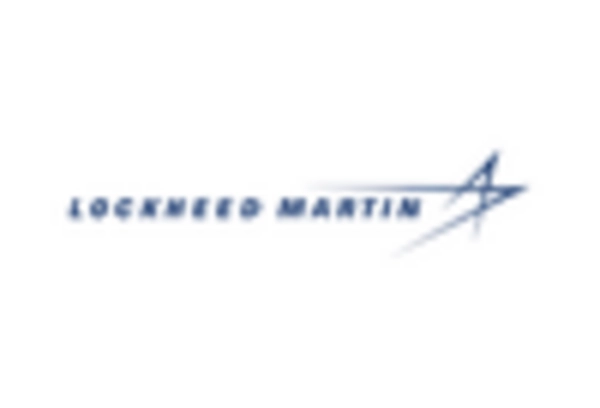
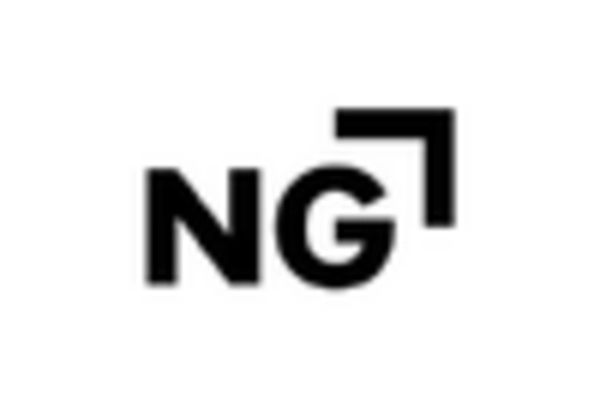
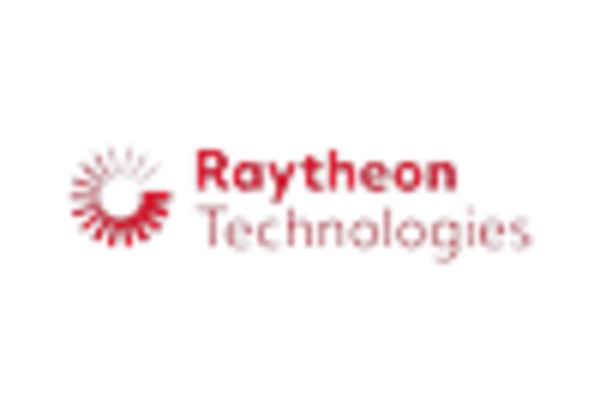








Leave a Comment